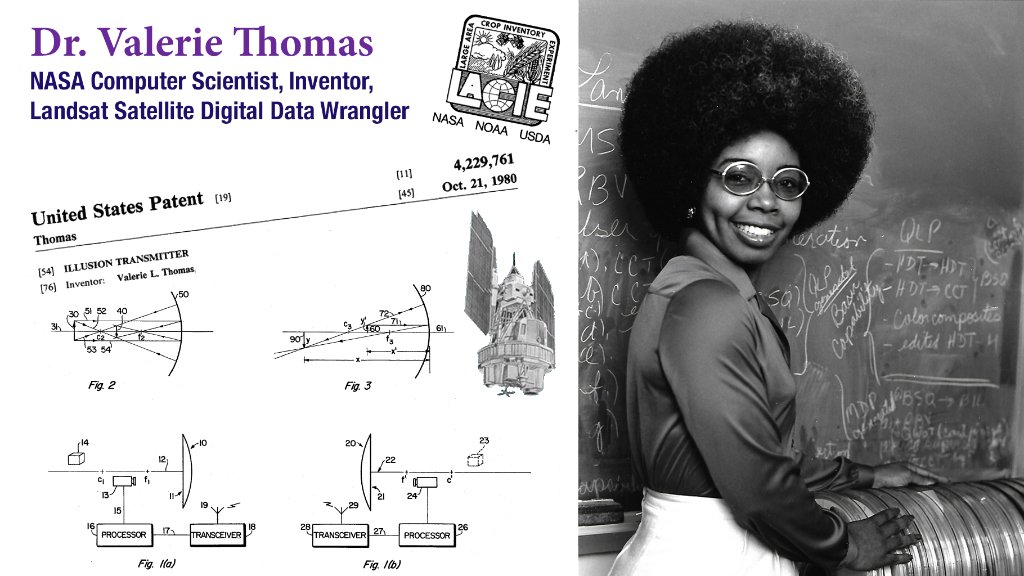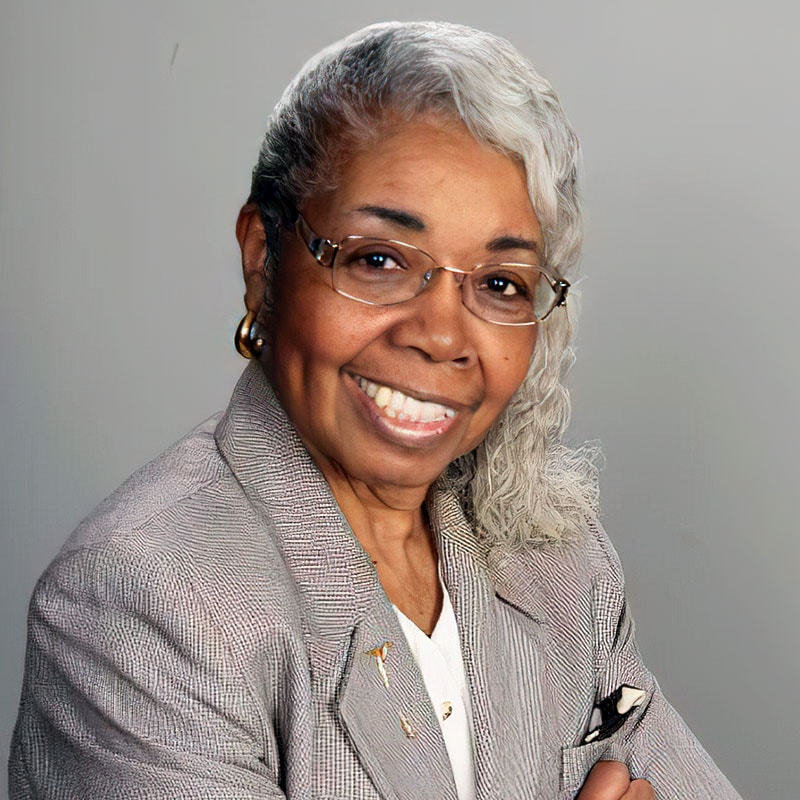Part II: Interview With NASA’s Dr. Valerie L. Thomas
As a Black student and a NASA data scientist in the 1960s, the insights on education and Black history with Valerie Thomas are transcendent. We recently profiled Dr. Thomas as part of Black History Month. Respectfully, I reached out to capture her story in her words, but she offered much more, deserving of Part II.
She is naturally curious about our use of technology at LMS, which served as an ice-breaker for our conversation. Inevitably, the focus sways toward education.
“I advise students to try to get a summer internship opportunity,” she answers. “By working in an area that a student may consider for a career, they may find that it is not a good fit. Also, they may learn about and work in another STEM career area that is a better fit.”

What Makes Dr. Valerie L. Thomas Tick?
She still serves as a substitute high school science teacher, encouraging students – particularly women of color – to pursue further studies in STEM-related fields. She is also active in SHADES OF BLUE, a nonprofit providing young people with educational opportunities in aviation and aerospace.
A scientist at heart, learning is a constant. “I have always been and still am interested in knowing ‘What makes things tick?’”
If you ask what keeps her active, she’ll include “Inspiring young people.”
Valerie LaVerne Thomas majored in physics at Morgan State (College) University in her hometown of Baltimore, graduating with honors in 1964. Subsequently, she joined NASA as a mathemetician/data analyst.
Admittedly, she didn’t study before college and hadn’t seen a computer before arriving at NASA. Before long, her math and science background proved valuable, and she found herself working on the Orbiting Geophysical Observatory (OGO) and Landsat programs at the NASA/Goddard Space Flight Center in Greenbelt, Maryland.
Growing Up in Segregated Baltimore
She grew up in the southern Cherry Hill community, initially developed for Black migrants from the south during World War II. They were attracted to Baltimore for better-paying jobs.
“We were pretty much isolated at the southernmost area of Baltimore that was annexed to the city and not exposed to discrimination,” she says of the predominantly Black community. For years previous, other proposed locations for that development for the Black community met with opposition from whites, but Cherry Hill succeeded.
Some Black educators who couldn’t get jobs in Baltimore found jobs in Cherry Hill. “They were excellent educators. As a result, it was later said that ‘there were some smart people who came out of Cherry Hill.’”

Patent, Master’s, and a Doctorate
While working in image processing for NASA in the mid-1970s, she invented the Illusion Transmitter. In the simplest of terms, it uses concaved mirrors to transmit the optical illusion of a 3D image. It has been reported that NASA used the technology to view images from satellites. Nonetheless, it later sees adaptations for use in surgical images and video screens.
Ms. Thomas received a patent for the Illusion Transmitter in 1980. Meanwhile, she continued her education. In 1985 she earned her master’s in engineering administration from George Washington University. In 2004, Ms. Thomas became Dr. Thomas with a doctorate in educational leadership with an educational technology focus from the University of Delaware.
“I received my master’s a year late because I was busy with my NASA work,” she jokes. “Otherwise, I have degrees every twenty years.”
Always modest, she downplays the degrees. “I don’t believe in accumulating knowledge to have a storage of knowledge. I preferred to get my degrees at a time when they could help me improve my effectiveness.”
She possesses a youthful voice and quick laugh and always has an eye out for the advancement of people of color. There is more to the story about NASA, education and Black history with Valerie Thomas, and an audience ready to listen.
